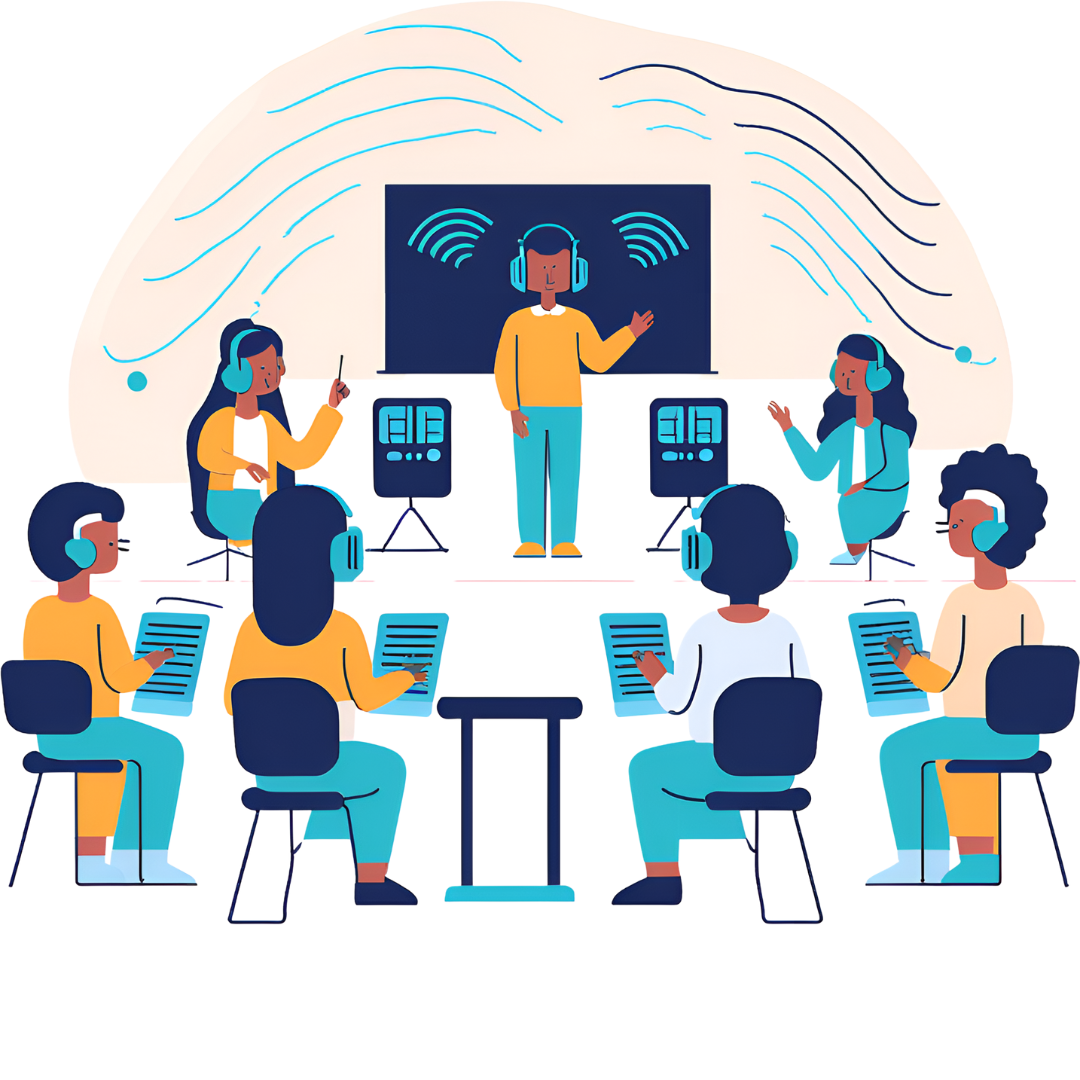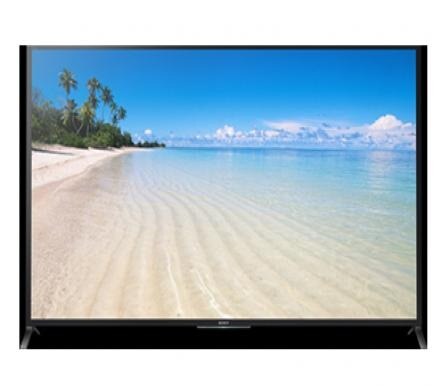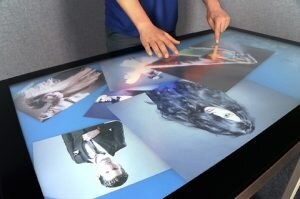How Does Touch Screen Technology Work, i.e., What Kind of Sensors are Used to do this, and How do they Work?
From large touch screen monitors to mobile phones, the world is at our fingertips at one single swipe. While it is common to come across touch screen devices these days, it wasn't as easy or imaginable to comprehend such technology around two decades ago. In the 90’s when mobile phones first came to India, we did not think that it would be possible to tap commands onto the phone's screen rather than press buttons continuously to perform a simple task. For those of us born in the 90s, touchscreens were something we saw in the movies that showed us fanciful stories of a far more progressive future. And yet, here we are just twenty years later with the same technology that had our inner child struck with awe, being used by even children now across the globe. Apart from our devices, touch screens are even used in airplanes, ATMs or supermarkets. They’re everywhere.

So how do touchscreens work? Not many of us know but we swipe away everyday!
First, the basics, there are two types of touchscreens - Resistive and Capacitive. All forms of touch screen technology are after one goal - to send precise electrical signals from specific locations on the screen
Resistive touch screens are the most widely used types of touch screen where you have to physically push and bend the screen to make it work. This is because these touch screens are made up of two separate layers. The first layer is made up of a transparent material like polyethylene. It has to be a flexible hard-coated outer membrane. The bottom layer is made from something rigid - like a sheet of glass. In order for the touchscreen to work, both the layers are thinly coated with some sort of metal compound that can conduct electricity. For example, Indium Tin Oxide can be used. Both layers are separated by tiny insulating dots called spacers which do not conduct electricity. Their job is to keep the screens apart and avoid any false touch signals. When the screen is on, a small voltage is applied horizontally and vertically. When a finger touches the screen, this changes the voltage and a small processor connected to the screen can calculate exactly where you pressed in X and Y coordinate.
Resistive touch screens are affordable and durable and are mostly used for machines like credit card readers. The shortcomings of this type of touchscreen, is it generally requires a harder push down on the screen and it cannot read multiple touches at the same time.
Capacitive touch screens are used for smartphones. There are different types of capacitive touch screens, but the basic idea behind them all is that a sheet of glass containing a grid of lines thinner than hair. These lines are made from a conductive metal, again, Indium Tin Oxide can be used as an example. Driving lines provide a constant electric current and sensing lines detect the electric current. When driving lines and sensing lines cross, an electrostatic field is registered as neutral by the processor in your smartphone or computer. This state changes when the screen comes into contact with something conductive - Like your finger! Yes, our bodies conduct electric current and can store electric charge. This doesn’t mean that electricity flows through your finger. It simply means the electrostatic field feels the effects of your electric charge and redistributed itself accordingly.
Even really small changes can be detected by the processor and it can interpret whether the finger tapped the screen or did a slide.
Large touch screen displays and large touch screen monitors do use this technology, however there is a challenge that needs to be faced when designing them. It is hard to develop touch screens for larger surfaces because the electrical fields tend to interfere with the sensing capability when it comes to large touchscreen displays and large touch screen monitors.
With rapid technological developments these days it won't be long before this challenge is also overcome. In a nutshell, you are a part of what goes into making the touchscreen device work and will be so for the years and devices that are yet to come.
.png?width=1322&height=350&name=C3ITXperts-logo-R%20(1).png)







